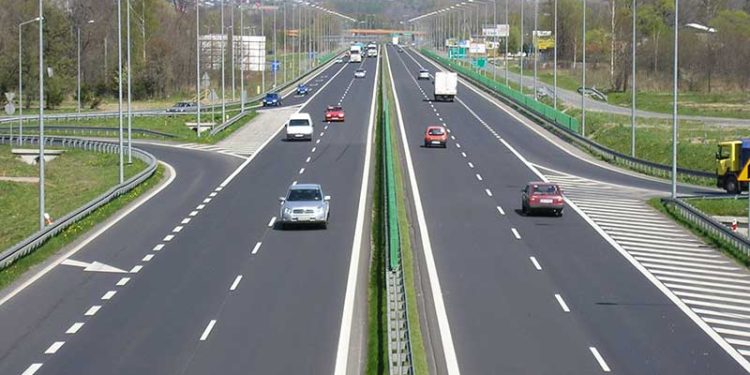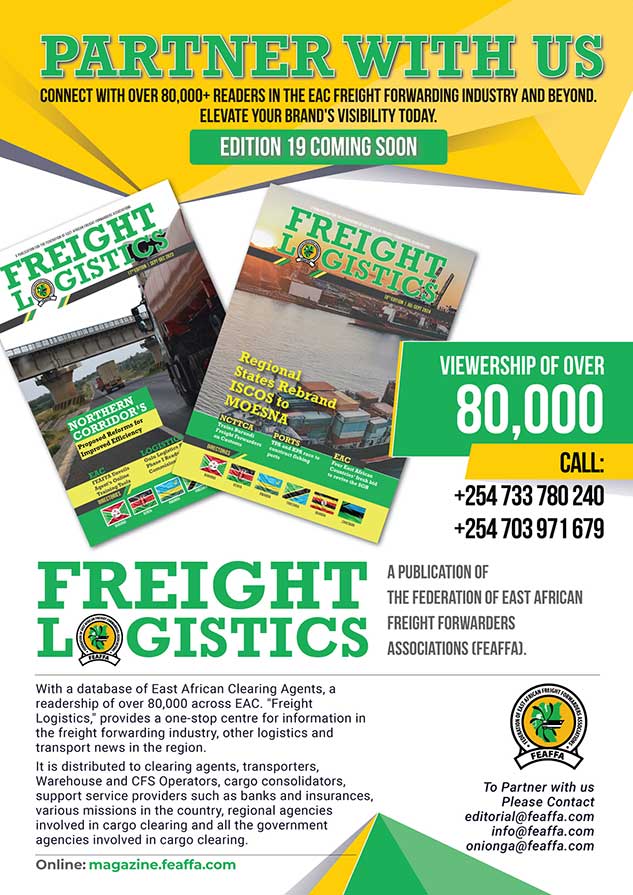The government is seeking a consultant to carry out consultancy services for trade and facilitation studies for a new crucial road linking Kenya and Tanzania.
Kenya received a loan from the African Development Bank (AfDB) and a grant from European Union to finance the multinational Bagamoyo-Horohoro/Lunga Lunga – Malindi Road phase 1: Mombasa-Mtwapa-Kilifi (A7) road section.
The services will include among others: identifying constraints to trade development and growth within the road corridor and between Kenya and Tanzania and recommend ways of addressing them.
The consultant will also develop streamlined logistics systems that reduce time and costs and increase the reliability and predictability of shipments between Kenya and Tanzania and develop strategist and programmes to promote integration of the corridor (Lunga-Lunga-Lamu) with Lamu Port South Sudan Ethiopia Transit (Lappset) Corridor
In December 2019, AfDB approved a €345 million financing package for road construction of Mombasa-Lunga Lunga/Horohoro and Tanga-Pangani-Bagamoyo roads Phase I, which was in the form of AfDB African Development Fund loans and represented 78.5% of the total €399.7 million project cost. The European Union contributed a grant of €30 million, 7.7% of the total project cost to the government of Kenya.
This road network is a key component of the East African transport corridors network, connecting Kenya and Tanzania. Producers, manufacturers, and traders will be able to move goods more quickly and cheaply. In addition, farmers and fishermen will benefit from improved access to local and regional markets and amenities, including better schools and health centres.
“The project will have spillover benefits for hinterland countries such as the Democratic Republic of the Congo, Burundi, Rwanda, Uganda and South Sudan that depend on Mombasa as gateway to global markets,” said Hussein Iman, the Bank’s Regional Sector Manager for infrastructure, private sector, and industrialization in 2019.
The Bank’s support will also provide roadside trading facilitates for sellers, half of them women who currently operate in disorganized and unsafe conditions.
The Bank anticipates that the intervention will boost regional integration by reducing transit times, facilitating trade and the cross-border movement of people, opening access to tourist attractions. The project will also link the ports of Dar es Salaam, Tanga and Mombasa, and stimulate the blue economy in coastal areas.
This first phase involves the construction of 175 km of road sections: the 121 km Mkanga-Pangani road section in Tanzania and the 54 km Mombasa-Kilifi road section in Kenya.
The intervention is a priority item in the Bank’s Eastern Africa Regional Integration Strategy (EA-RISP), the Country Strategy Papers (CSPs) of both countries and aligns with two of the Bank’s High 5 priorities – Integrate Africa and Improve the quality of life for the people of Africa.
As at the end of November 2019, the Bank’s portfolio in Kenya comprised 27 public and 7 private operations with a total commitment of 2.7 billion euros.
The Bank’s portfolio in Tanzania as at the end of November 2019 comprises 21 public and 2 private operations with a total commitment of 1.82 billion euros.





